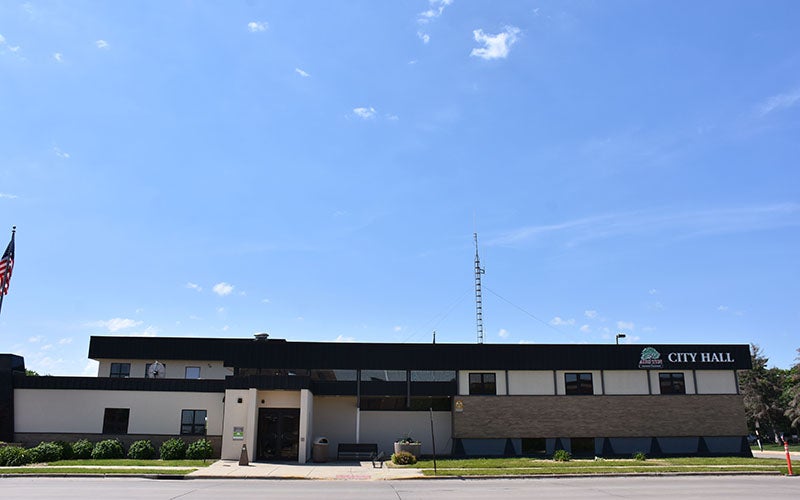Others’ opinion: Celebrate success in lower teen birthrate
Published 4:34 am Saturday, November 23, 2019
Star Tribune
Distributed by Tribune Content Agency, LLC.
Success should be rewarded, not punished. That’s why federal officials need to ensure continued robust funding for a Hennepin County program that has dramatically reduced teen birthrates.
For more than a decade, Minnesota’s most populous county has run an energetic public health campaign to reduce births among adolescent moms. New data released this week show that it’s not just working, but working well. The number of teens having a baby dropped by 21 percent from 2017 to 2018, according to the latest county data. This decline is impressive on its own, but it caps years of good work by the county’s public health professionals.
Even as the teen birthrate has declined in Minnesota and nationally since the mid-2000s, Hennepin County is a standout. In Minnesota, the birthrate for females ages 15-19 dropped by 48 percent from 2005-2016. The decrease nationally was 45 percent. But Hennepin County posted a 60 percent reduction during the same period. This is a significant public health achievement. Delaying parenthood until a mother and father are mature and financially responsible benefits the child, family and community.
Behind the numbers is a pragmatic yet innovative program called “Better Together Hennepin.” It hews to “evidence-based” best practices — strategies backed up by medical research — and sensibly focuses on areas with high teen birthrates. The program, which relies heavily on federal grant dollars, has worked with local nonprofits, clinics and schools.
Its multipronged approach includes making health care experts available to help teach sex education in school health classes. The program also provides information to help teens who are seeking birth control and other medical care locate clinics that are affordable, confidential and accessible by transit, since young people might not have cars. The availability of interpreters is also a criterion for teen-friendly clinics.
Better Together Hennepin depends heavily on federal funding. But a five-year grant providing $1.5 million a year comes to an end next July. While the program can apply again for this aid, county officials are worried it could become a victim of its own success. The grants are competitive, and federal officials could decide to shift the dollars to areas that haven’t made as much progress. The problem is compounded by a significant cut in the amount of funding the feds are allowing programs like this to apply for.
The shortfall, if it happens, can’t easily be made up by the state or the county. While program officials say they will explore new funding sources, closing the gap will be difficult. That could leave the program unable to reach as many students as it has. For example, local partners, such as the Annex Teen Clinic in Robbinsdale, rely on funding through the county program to provide specialized classroom sex education assistance.
Younger readers won’t recall the 1980s and 1990s, when the teen birthrate was deemed a national public health crisis and garnered headlines on a routine basis. The progress since then is remarkable, but the work of educating teens about reproductive health care is never done. Each new generation must learn anew. Programs with a proven track record like Hennepin County’s should be sustained and, then, strengthened.





